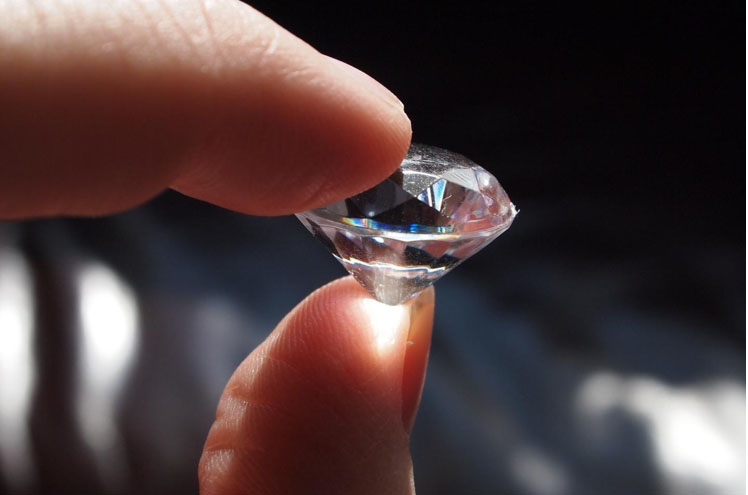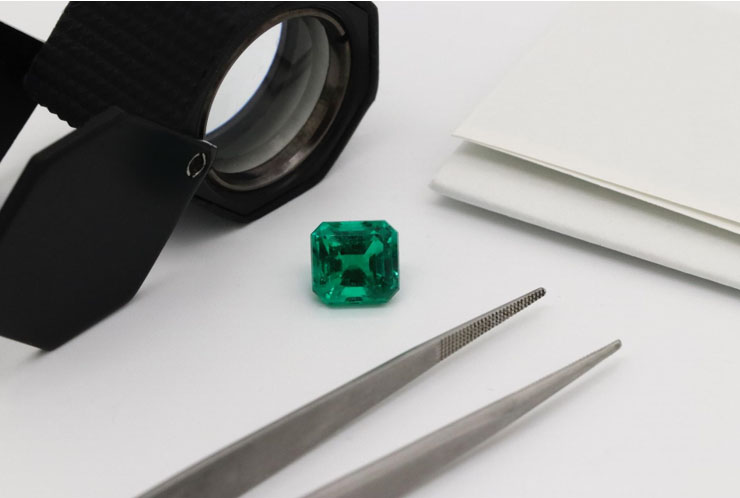Globally, the demand for lab-grown gemstones is growing at a rapid rate. This surge in demand is set to change the jewellery industry forever as manufacturers and retailers are compelled to change their approach in sourcing gemstones. Industry experts believe that there will be a very noticeable deficit in the global demand for mined gemstones in 2022, which will, in turn, lead to an increase in demand for lab-grown ones.
The Growth of Conscious Consumerism
Perhaps, you have heard about mindless consumption and conscious consumerism. Both can be seen as opposites of each other. Conscious consumerism is the next big thing all consumers are waking up to in their pursuit of quality products.
These days, consumers prefer to purchase only products they know are ethically sourced, manufactured with the safety of the environment in mind, and produced in a worker-friendly and compassionate industry environment.
Consumers are encouraging one another to shift from mindless consumption, where products are purchased without consideration for the production mechanisms and embrace conscious consumerism, which is safer for the environment and promotes population health.
This recent shift in the way consumers perceive quality products has also informed how industry manufacturers and sellers present their products in the market, and the jewellery industry has not been left out. Like the buyers, jewellery manufacturers are now conscious of how their gemstones are sourced and are eager to reveal their processes to their buyers.
Initially, manufactured gemstones met hostile apprehension as a fit for jewellery use, but not anymore. The jewellery industry is now more eco-friendly and is in hot pursuit of mechanisms that will provide gemstones in the most environmentally sustainable means, such as the growth of gemstones in laboratories.
The Rise of Lab-Grown Gemstones
But what exactly are lab-grown gemstones, and what makes them positively different from their mined counterparts?
Lab-grown gemstones are simply synthetic gemstones manufactured in labs like those from BIRON® Gems for instance, instead of being mined from the earth. Although manufactured, they possess all the physical, chemical, and optical properties of natural gemstones because they are made with the exact materials that form these gems within the earth.
This lab-production of gemstones has mitigated many unwanted effects associated with mining. Some of these issues include dangerous carbon emissions at industrial mining sites, child or forced labour at small-scale mining sites, and destruction of the earth’s natural landscape, amongst other ethical issues.
The rise in conscious consumerism and the increase in global environmental consciousness have made many frown upon these issues. Although gemstones are loved, no one can deny the undesirable effects they are initiating. Therefore, if we must continue to wear gemstones as jewellery, there must be alternatives which can override or at least reduce most of these effects.
This explains why the demand for lab-grown gemstones is on the rise.
How Large is the Lab-Grown Industry?
In only a matter of two years, the contribution of lab-grown diamonds to the global diamond market rose from 3% in 2018 to 7.5% in 2021. This is a reasonably significant increase in such a little time when considering the market from a global perspective. And, of course, lab-grown diamonds are only one of such manufactured gemstones.
There are several others like them, including lab-grown emeralds, sapphires, rubies, and the less common kinds of gemstones which are loved for one reason or the other. These days, if there is any mined gemstone for sale in the market, a lab-grown alternative is also available for a conscious consumer.
But pieces of jewellery are not the only things lab-grown gemstones are used for. In fact, in the early 1950s, when the first manufactured diamonds were created, they were used only for industrial purposes where they served as tools for cutting and sharpening hard substances. The only reason why they were preferred then was because they were cheaper than mined diamonds.
Although lab-grown gemstones are still significantly cheaper, there are now more informed reasons for the whole world to embrace them. Lab-grown gemstones are now commonly used industrially as tools for cutting, shaping and filing, as well as for the manufacture of other products like electronics and medical equipment.
Conclusion
Like any other industry, the jewellery industry is experiencing a reform in the wake of conscious consumerism. The result is the embrace of lab-grown diamonds, which are still a new introduction into the market. Because of their high potential to promote healthier earth than mined counterparts, lab-grown gemstones are gaining acceptance at an astonishing rate. In addition to this, lab-grown gemstones go through a less costly production process and grant almost everyone the ability to afford gems that are just as top-notch quality as the mined ones.

